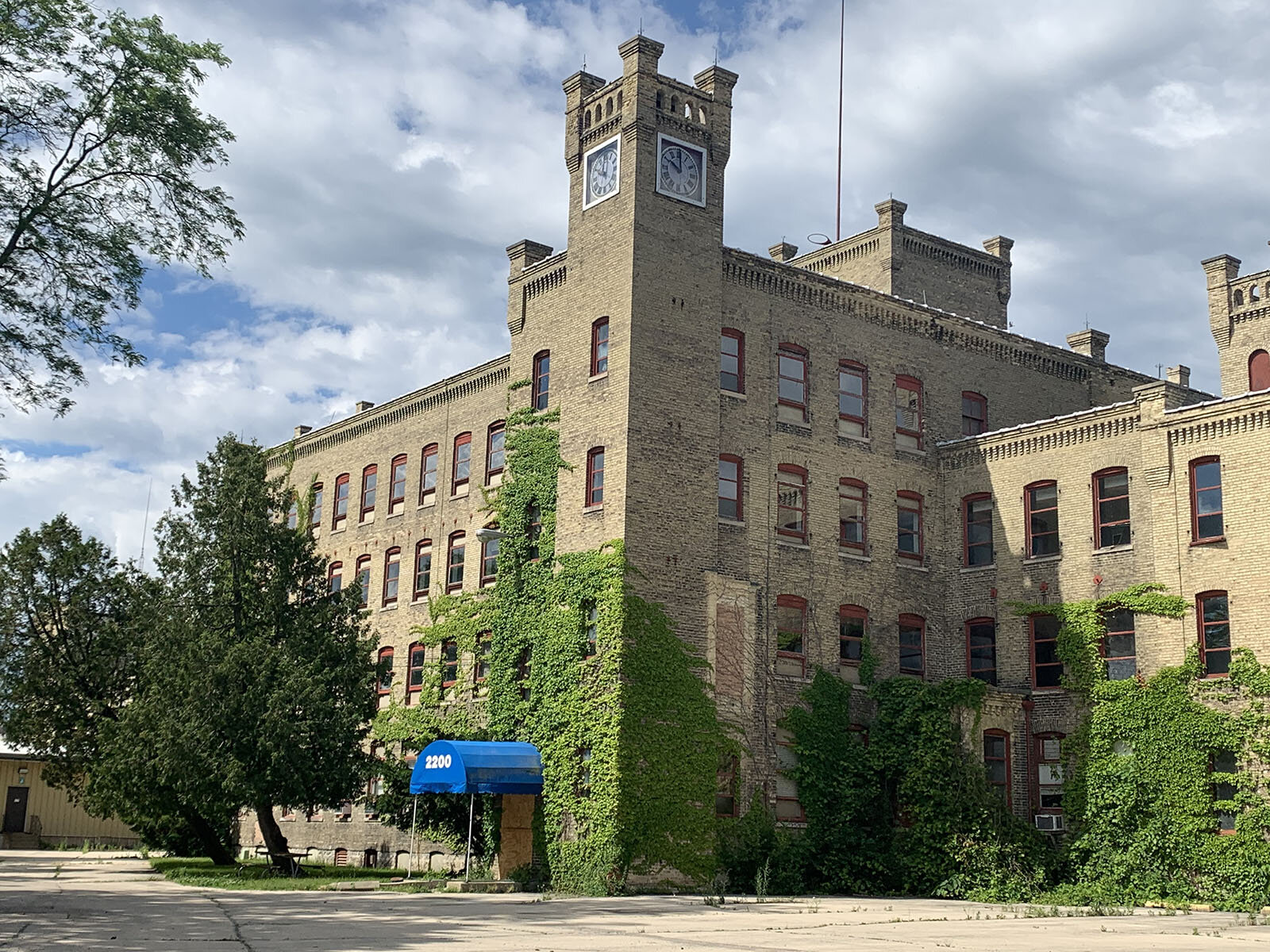The date is Oct. 1, 1903. The setting is Boston's Huntington Avenue ballpark.
A crowd of 16,242, tremendous for that time, jams the old wooden structure as the Boston Red Sox prepare to meet the Pittsburgh Pirates in the first modern World Series.
Nearly half the fans are camped along the foul lines or behind outfield ropes. Earlier in the day, the throng had practically wrecked the outfield fence in a fanatical attempt to get into the park.
Emotions are understandably high. For several years, the upstart American League has been engaged in an all-out war with the longer established Nationals. There have been player raids and legal battles.
Finally, after much bitterness, the champs of these two circuits are to meet on the playing field. The National League, represented by a Pittsburgh club that has won three straight pennants, is confident it can put the Americans in their place. But, manager Jimmy Collins of Boston also has a strong club, and American Leaguers look at the opportunity as a chance to shake the tag of the "junior circuit."
On the mound for Boston, the great Cy Young, winner of 28 games that year, takes his warm-ups. The Pirates; leadoff batter, a stocky redhead, swings several bats in the on-deck circle.
His name is Clarence Howeth "Ginger" Beaumont. He is a long way from home, the small Wisconsin community of Rochester in Racine County.
Beaumont has made the transition from farm boy to big leaguer in grant style. He has won the 1902 batting championship. Playing on the same team as Honus Wagner, Fred Clarke and others, Beaumont has proven to be their true peer.
The left-handed batter flies out to his centerfield counterpart, Chick Stahl, and makes his way back to the Pittsburgh bench. He does not totally realize that he has made history - as the first batter in World Series history.
That accomplishment undoubtedly will always be Ginger Beaumont's best known, but his career actually featured much more than that. Over 14 years, 1898-1911, Ginger hit .311 and stole 243 bases. He won that NL batting crown in 1901 with a .357 average and led the league in hits four times.
Beaumont first started playing baseball in the fields around Rochester. He played for Rochester Academy and went to Beloit College, where he studied agriculture and continued to play baseball. After college, he played semi-pro ball and was noticed by Connie Mack of the Milwaukee Brewers Western League franchise.
Mack signed Beaumont in 1898. He hit .354 and stole 11 bases in 24 games for the Brewers his first year. The Pirates signed him in 1899.
On July 22, 1899, Ginger got six hits in six at-bats against Philadelphia lefty Wiley Piatt. "The amazing thing about that was that not one ball was hit out of the infield," Ginger later recalled. "In my fourth at-bat the third baseman stood about 10 feet from the plate and I still beat my bunt out."
Ginger ended the 1899 season with a .351 mark and 21 stolen bases. He was bothered by leg injuries, which nagged him for much of his career, in 1900 and dropped to .283. But, in 1901, he started a string of five consecutive .300-plus seasons.
Beaumont was rated the top leadoff batter by many during the stretch. Honus Wagner picked him to his all-time team.
His fine play tempered some of the bench jockeying he took because of his name, Clarence. Such Giant toughies as "Bad Bill" Dahlen and Art Devlin would assume falsetto voices and shout at Beaumont, "Clarence, Clarence, don't dirty the seat of your pants." But, Beaumont earned their respect and the right to be called by his nickname, Ginger, given to him because of his red hair.
Pittsburgh traded Beaumont after the 1906 season to the Boston Doves, who later became the Braves. He hit .322 for Boston in 1907 and led the league in hits for the last time with 187.
That was his final good season as those leg problems started to catch up to him. He was traded to Cubs, where he played for manager Frank Chance. He did return to a World Series with the Cubs. The first batter in World Series history made three pinch-hitting appearances in the 1910 Series, walked once and scored a run.
Beaumont played a season for St. Paul of the American Association after hit major league career and then retired to his farm near Rochester.
This writer was part of an effort to get Beaumont considered for Cooperstown a couple decades ago, but members of the Veterans Committee has never seen him play. So, the effort failed. Beaumont is a charter member of the Wisconsin Athletic Hall of Fame.
- This feature also ran on Gregg Hoffmann's Midwest Diamond Report. The site covers the Brewers, Cubs, White Sox and Twins and other aspects of Midwest baseball and its history.







